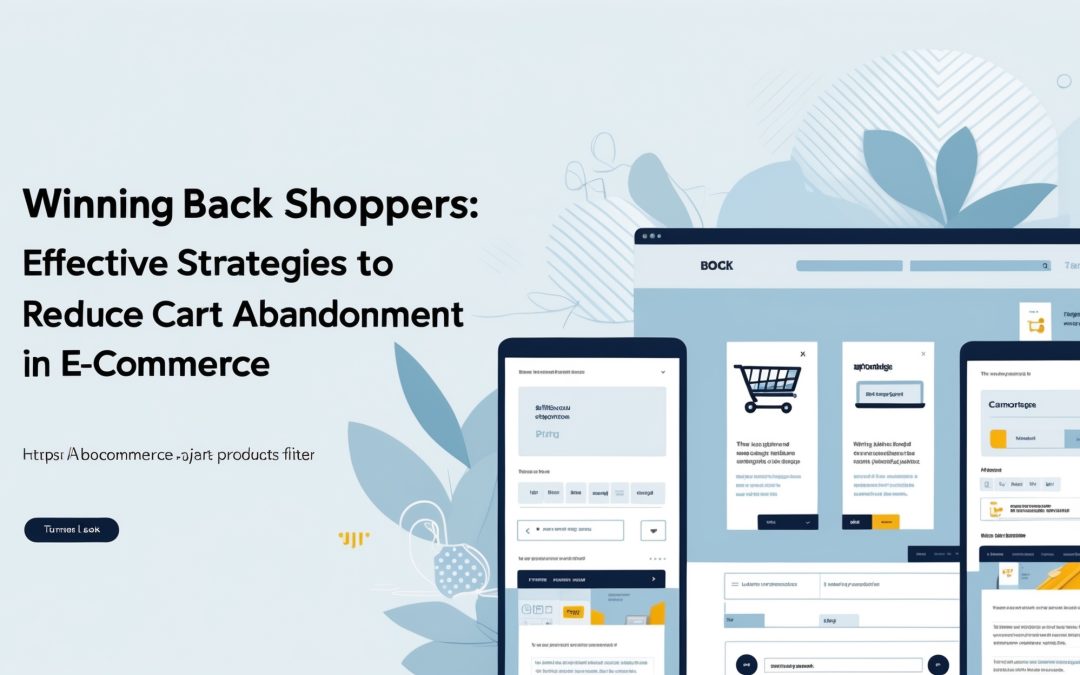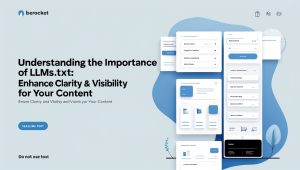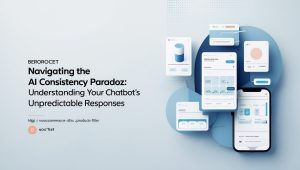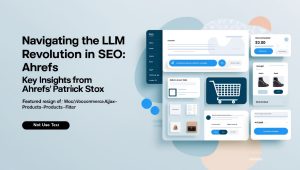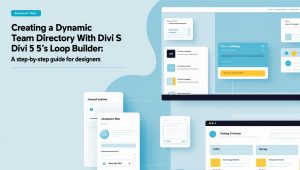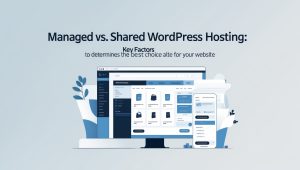Converting Abandoned Carts: The Art of Winning Back Shoppers
I think we’ve all been there—distracted while checkmating the checkout process, only to abandon our carts in a state of confusion. A sad state of affairs, isn’t it? One moment you’re curating the perfect collection of sublime goods, and the next? Poof! Gone with the wind (along with the coupon code you hoped would save you). It turns out, the phenomenon known as “cart abandonment” is the silent killer of e-commerce success. But don’t despair! I’m here to share some tangible strategies to better capture those elusive shoppers before they slip through the cracks. 🎯
Understanding Cart Abandonment
Before diving into strategies, I think it’s worth noting how prevalent cart abandonment has become in the online shopping ecosystem. Reports suggest that nearly 70% of potential customers bail before finalizing their purchases. That’s a staggering statistic—where are they going? Perhaps they were enticed away by a cat video or the siren call of a refrigerator begging for snacking. 🎥🍕
But the reality is often more mundane than that; perhaps they were met with unexpected shipping costs, a complicated checkout process, or simply a nagging feeling of buyer’s remorse. Whatever the case, it’s clear that to convert those abandoned carts into sales, we need to be proactive and strategic.
Crafting Your Recovery Strategy
So, where do we begin? It becomes imperative to implement a recovery strategy that actually resonates with the potential buyer. Forget bland, robotic email reminders. Instead, I suggest crafting a personalized experience that speaks directly to the heart (and wallet) of the shopper.
1. Personalized Follow-Up Messages
Picture this: you’ve left a digital shop without completing your purchase. Moments later, your inbox pings with a friendly reminder. But it’s not just any reminder—it’s a personalized message addressing you by name, featuring the exact items you left behind, sprinkled with suggestions based on your browsing history. I mean, who doesn’t love the feeling of being understood? This bespoke touch nudges the buyer back down the funnel, all while boosting engagement levels. 📧✨
2. Incentivize Completion
Let’s not pretend, everyone loves a deal. Whether it’s free shipping, a discount code, or perhaps a “buy one, get one free” offer, creating enticing incentives can draw that elusive customer back to complete their purchase. The key here is to balance the offer’s value with your bottom line. Nobody wants to lose money while playing to the whims of the shopper, after all. Make the offer compelling enough to tug at those purse strings! 💵
3. Optimize Checkout Processes
The checkout process is the final hurdle to conversion, and sometimes, it can be a doozy. I know we’ve all faced endless forms and account verifications that seem as complex as launching a spaceship. Simplifying this process is crucial. Consider providing a guest checkout option, reducing the number of required fields, and, if possible, offering multiple payment methods. Remove as many barriers as you can. The easier it is, the more likely they are to complete that purchase.
Feelings Matter: The Emotional Aspect of Shopping
I firmly believe (and the data backs me up) that shopping isn’t just a transaction; it’s an emotional journey. Therefore, tapping into the emotions of your customers matters more than ever. Engage with them—ask for feedback. Did they find the experience frustrating? Were they unable to find the information they needed? Showing that you value their opinions transforms a transactional experience into a relationship.
4. Utilize Remarketing Ads
In the digital age, remarketing is your silent partner in recovery strategies. Picture this: someone leaves your site without checking out and suddenly ads for the items they viewed start popping up across their social media feeds like a friendly ghost. This persistent reminder can gently lead shoppers back to your website, coaxing them to finish what they started.
5. Timing is Everything
When it comes to recovery emails or follow-ups, timing can be your best ally—or your worst enemy. Studies suggest that sending a reminder email within an hour of cart abandonment is then followed up by subsequent reminders within the next 24 to 48 hours. Engage with a rhythm that maintains interest without becoming a nuisance.
Final Thoughts: It’s About Creating Connections
In essence, the battle against cart abandonment comes down to connection. It’s about understanding the shopper and addressing their concerns in every phase of their journey. Your recovery strategy should reflect a balance between data-driven decisions and personalized communication, creating a seamless experience that turns a missed opportunity into a sale.
Now, as we shoulder on in this digital shopping realm, let’s revive those abandoned carts and finish the transactions they left hanging. After all, shopping should be a joyous experience, not a forgotten endeavor. Cheers to the art of converting those abandoned carts! 🛒

